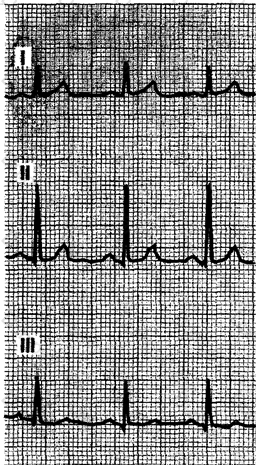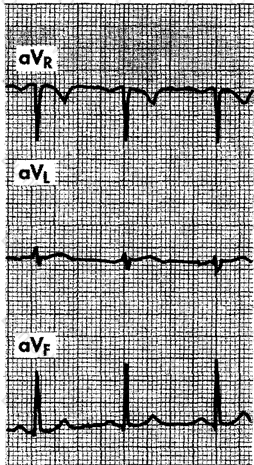ACSM Certified Clinical Exercise Physiologist Questions and Answers
All of the following are special considerations inprescribing exercise for the client with arthritis EXCEPT
Initial training sessions for a person with severe chronic obstructive pulmonary disease most likely would NOT include
A 62-year-old, obese factory worker complains of pain in his right shoulder on arm abduction; on evaluation, decreased ROM and strength are noted. You also notice that he is beginning to use accessory muscles to substitute movements and to compensate. These symptoms may indicate
If total daily caloric consumption is 2,400 kcal and the total fat in that diet is 30%, how many grams of fat per day would be consumed?
Which of the following medical conditions is NOT part of the female athlete triad?
All of the following are helpful suggestions for an athlete trying to gain weight EXCEPT
Which of the following statements regarding exercise for the elderly is FALSE?
A program's policy and procedures manual should NOT
Which of the following statements regarding warm-up is FALSE?
Which the following statements regarding intensity of resistance training is FALSE?
Which of the following is not a feature of the metabolic syndrome?
A comprehensive patient care plan is necessary for effective program management, because it
An ideal weight-loss program should set a goal of _ pounds per week, with an energy intake of not less than _ kcal/day.
The recommended cardiorespiratory exercise training goal for apparently healthy individuals should be
The exercise leader or health/fitness instructor should modify exercise sessions for participants with hypertension by
The eating habits of an athlete involved in long distance running should differ from those of a sedentary individual of the same body weight in what way?
The recommended muscular strength and endurance training program for apparently healthy individuals should be
Which fat-soluble vitamin is important for bone formation?
Which of the following waist circumference measurements indicates abdominal obesity?
Which of the following statements true regarding exercise leadership is FALSE?
Which energy source represents the largest potential energy store in the body?
Using the original Borg scale, it is recommended that the exercise intensity elicit an RPE within the range of
The appropriate exercise HR for an individual on -blocking medication would generally
be
Athletes may have protein needs greater than those of sedentary individuals. What level of protein intake is the recommended UL for athletes?
Capital budgets
If a healthy young man exercises at an intensity of 45 mL. kg-1.min -1 three times per week for 45 minutes each session, how long would it take him to lose 10 pounds of fat?
A 55-kilogram woman trains on a cycle ergometer by pedaling at 60 rpm against a resistance of 1.5 kiloponds. What is her absolute Yo2?
Examine the six extremity leads shown in the figure below. What is the appropriate mean QRS axis?
What is the relative Y02 of running on a treadmill at 5.5 mph and a 12% grade?
Why should a fitness operator be concerned with state practice laws?
A fitness newsletter, fitness library, and bulletin boards
What is the best way that an administrator can educate the fitness staff?
What are some of the common sales "rules" in promoting your fitness program?
A 70-kg client is running on a treadmill at 5 mph and a 5% grade. What is his caloric expenditure rate?
In atrial flutter, the stimulation rate is approximately
Which one of the following statements concerning a needs assessment is NOT true?
In response to various stimuli, movements of ions occur, causing the rapid loss of the internal negative potential. This process is known as
Slow conduction in the A V node is associated with
Why are records valuable to a fitness program?
What should the manager's involvement be in developing fitness programs?
Budgets are designed to
Which type of financial analysis would be appropriate for a not-for-profit program
that wishes to determine the amount of revenue from program fees needed so that no
other sources of revenue are required to meet the program's expenses?
Staff certification is
What is the MET equivalent to level walking on a treadmill at 3.0 mph?
Which of the following conditions can prolong the QT interval?
A 143-pound woman regularly exercises on a treadmill at a speed of 5.5 mph and a 2% elevation. What is her caloric expenditure?
One important aspect of staff competency is ensuring that staff members are well trained and kept up to date. Which of the following organizations has recently launched the Registry for Clinical Exercise Physiologists?
A client is walking on a treadmill at 3.4 mph and a 5% grade. What is her Y02 in relative terms?



